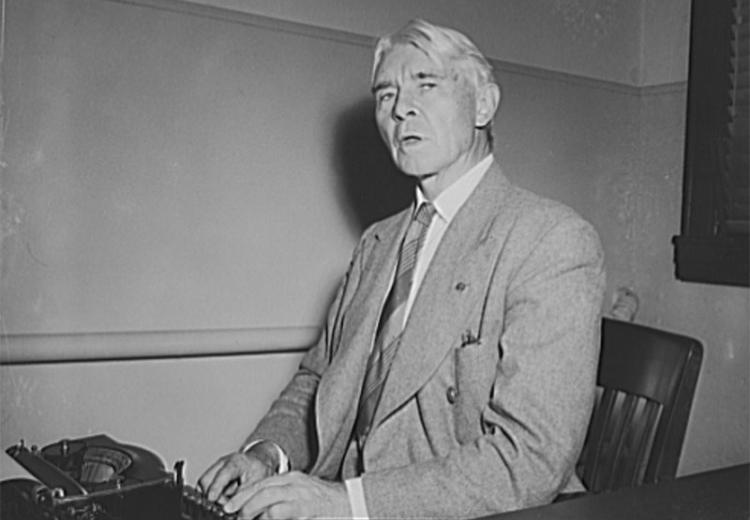Carl Sandburg's "Chicago": Bringing a Great City Alive

Carl Sandburg.
Carl Sandburg's "Chicago" is one of the best known works of 20th century American literature. Included in countless anthologies, this poem made famous the description of Chicago as "City of the Big Shoulders," celebrating its role at the time as the industrial capital of the United States. Sandburg penned it during the summer of 1913 upon moving to Chicago. It first appeared in Poetry magazine in March 1914 and two years later was published with the collection entitled Chicago Poems.
In this lesson students will look at Sandburg's poem in a literary, historical, and biographical context. By first examining primary photographs, maps, and other documents that depict Chicago at the turn of the century, students will anticipate Sandburg's description of and attitudes towards the city. They will then read a short biography of the poet to make further predictions about the poem. Finally students will read the poem and identify the ways in which Sandburg uses literary techniques such as personification and apostrophe to make vivid the Chicago he knew. At the end of the lesson, students will bring all these strands together by using "Chicago" as a model for writing original pieces about places that are important to them.
Guiding Questions
How does a poet bring a particular time and place alive through personification and apostrophe?
What does "Chicago" reveal about urbanization and industrialization at the turn of the century?
Learning Objectives
Describe the historical and cultural context in which Sandburg's famous poem was written.
Define the poetic devices of personification and apostrophe and identify them in Sandburg's poem.
Write and reflect upon their own descriptive pieces that use Sandburg's detail and figurative language as a model for evoking a place.
